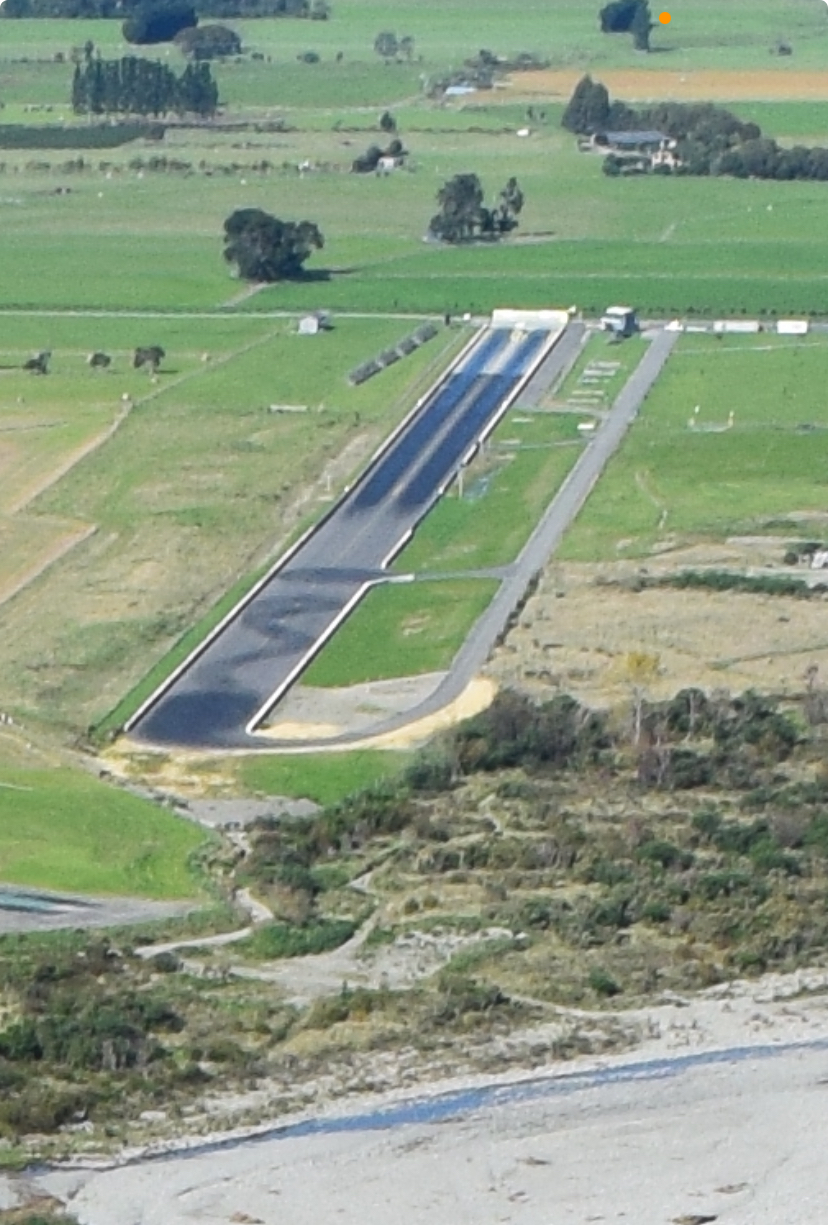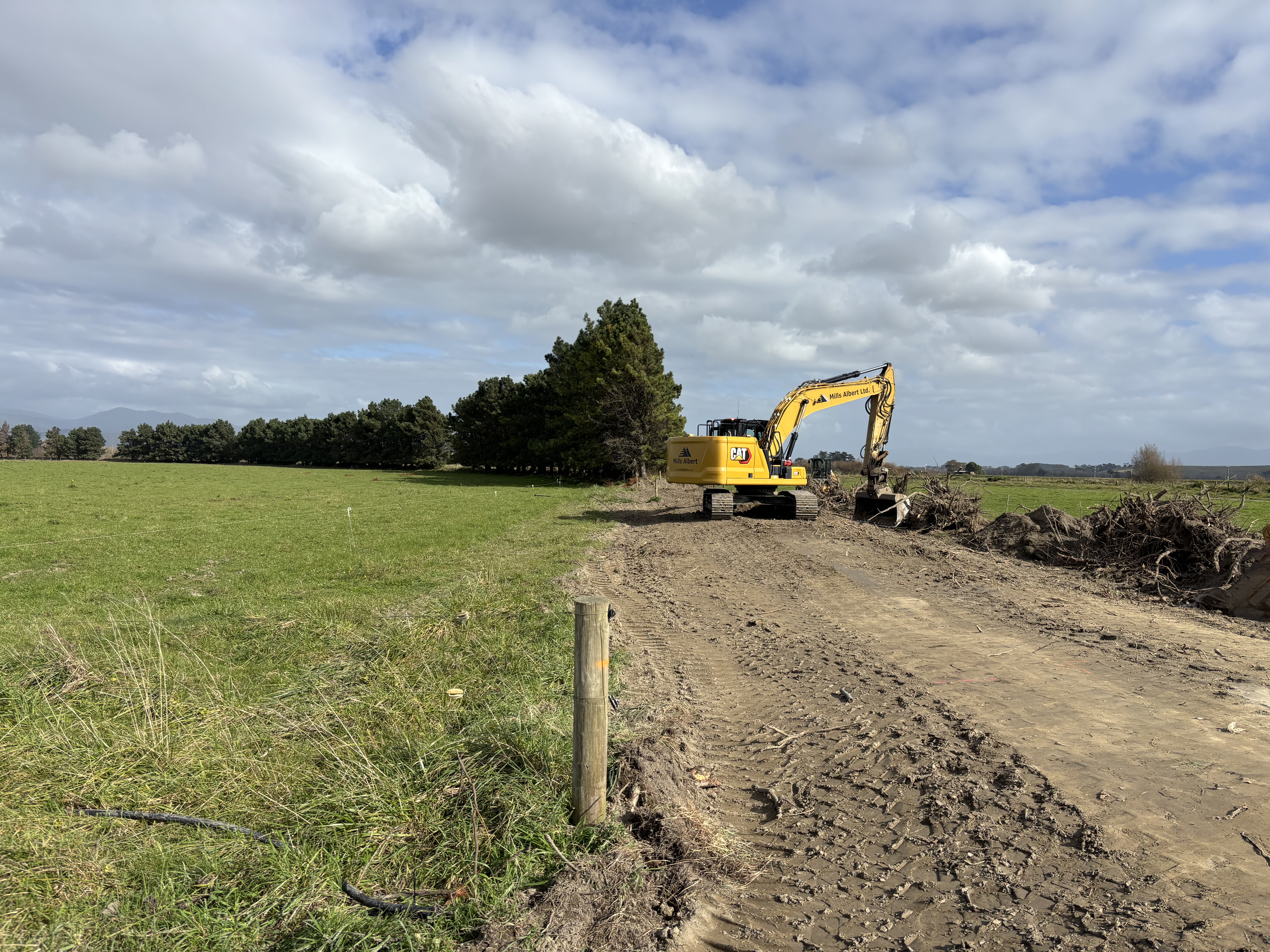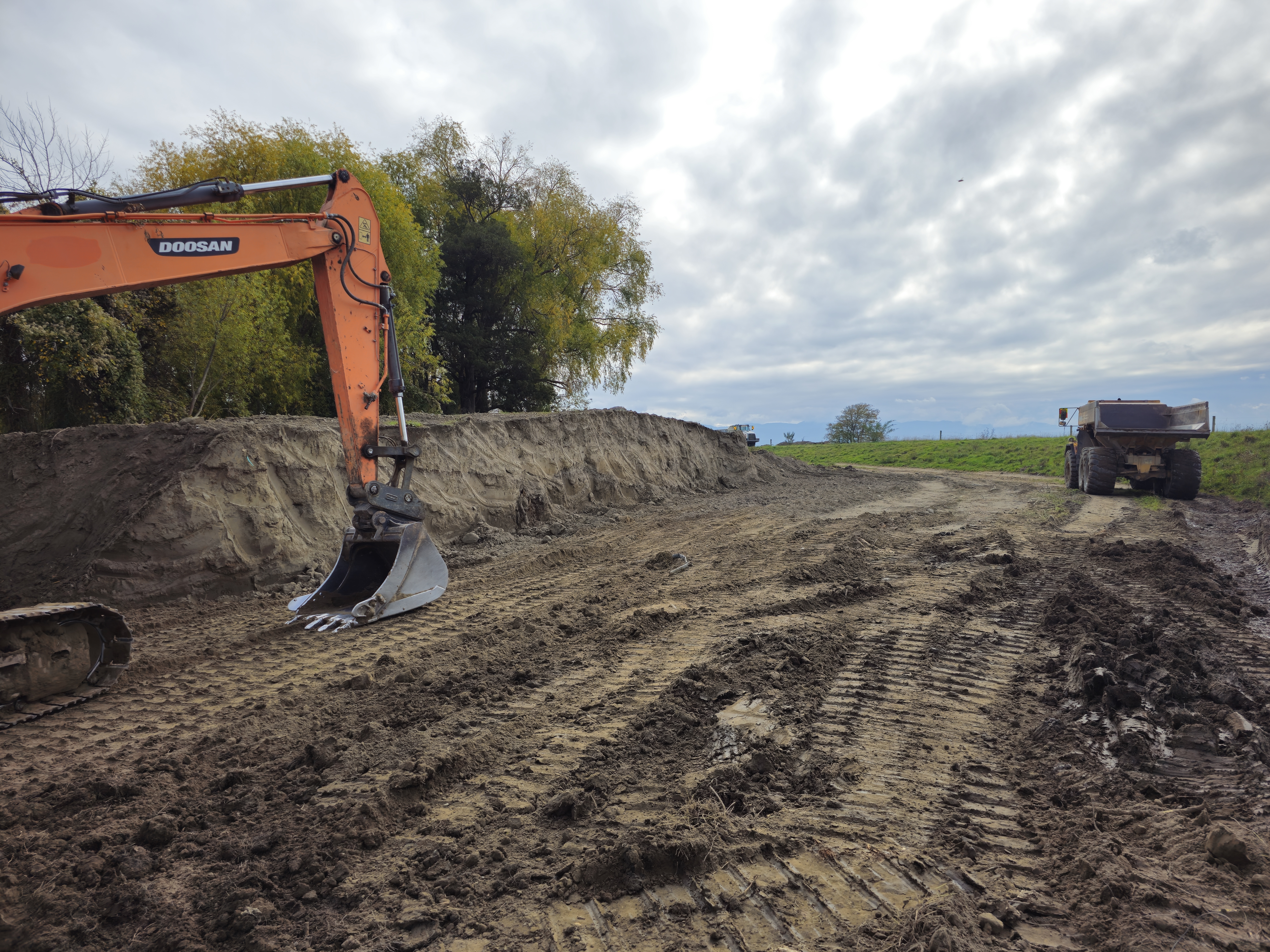Flooding is New Zealand’s number one hazard. Most towns in the Wellington region have been built on the floodplains of major rivers, and around 30% of our population are living in flood prone areas. Greater Wellington manages the risk of flooding from major rivers and streams.
We manage the risk of flooding in several ways, including managing risk through:
- Building stopbanks
- Rebuilding and replacing rock structures
- Planting vegetation to stabilise riverbanks
Following Budget 2024, Greater Wellington and MBIE’s Regional Economic Development and Investment Unit, Kānoa, agreed to co-fund 16 flood resilience projects as part of a nationwide initiative. The programme spans 15 sites across Wairarapa and one in Ōtaki, which are critical in future proofing community, infrastructure, cultural taonga and the economy, following a major flooding event.
These areas have been chosen specifically due to their flood vulnerability and the opportunity to provide broader outcomes for local communities. The sites were identified and consulted upon through development of Te Kāuru Upper Ruamāhanga Floodplain Management Plan, the Waiōhine Rakahanga River Plan, and the Lower Wairarapa Valley Development Scheme, and all projects have been granted resource consent.
The 16 project sites, awa, types of works and estimated start dates are detailed in the table below. Download the map of the project sites. (JPG 114 KB)
Sites:
Latest updates
April 17 2025: Meet Fraser, one of our engineering project managers working on 15 flood resilience projects across the Wairarapa – plus one in Ōtaki. Our latest project, on the Waipoua River at Masterton’s Akura Road, has just wrapped up. Here, we’ve reinforced the riverbank to reduce erosion and protect nearby industrial buildings and facilities. Watch Fraser's video.
May 9 2025: Regional Development Minister, Shane Jones, visits Fuller’s Bend.
Working with local businesses and community organisations
An important part of our flood resilience work in Wairarapa includes working with local communities and businesses to deliver environmental, cultural or economic outcomes that will provide long-term public value for Aotearoa.
When planning our projects we think about how our work might help create opportunities for Māori, Pasifika and regional businesses, as well as social enterprises.
These broader outcomes have multiple advantages:
- They contribute to the growth and wellbeing of flood-resilient towns and cities
- They help increase community knowledge and understanding of flood protection
- They support initiatives that benefit communities, the environment and the economy.
For example, local Māori-owned business Mills Albert has been appointed as the lead contractor for our flood resilience projects. Mills Albert has previous experience in climate resilience and rock placement work for Greater Wellington.
We work closely with iwi to ensure their ideas and perspectives are taken into consideration. Native planting plans are designed with local hapū, iwi and landowners to meet their long-term aspirations. This mahi creates employment opportunities for local whānau.
We also support the Ahu Collective which works with hard-to-reach and disconnected whānau. Teams have helped with planting in the Waiohine Gorge, learning about the history of the land and contributing to its environmental wellbeing.
Get in touch
- Phone:
- 0800 496 734
- Email:
- info@gw.govt.nz

 Why is this work important
Why is this work important 
